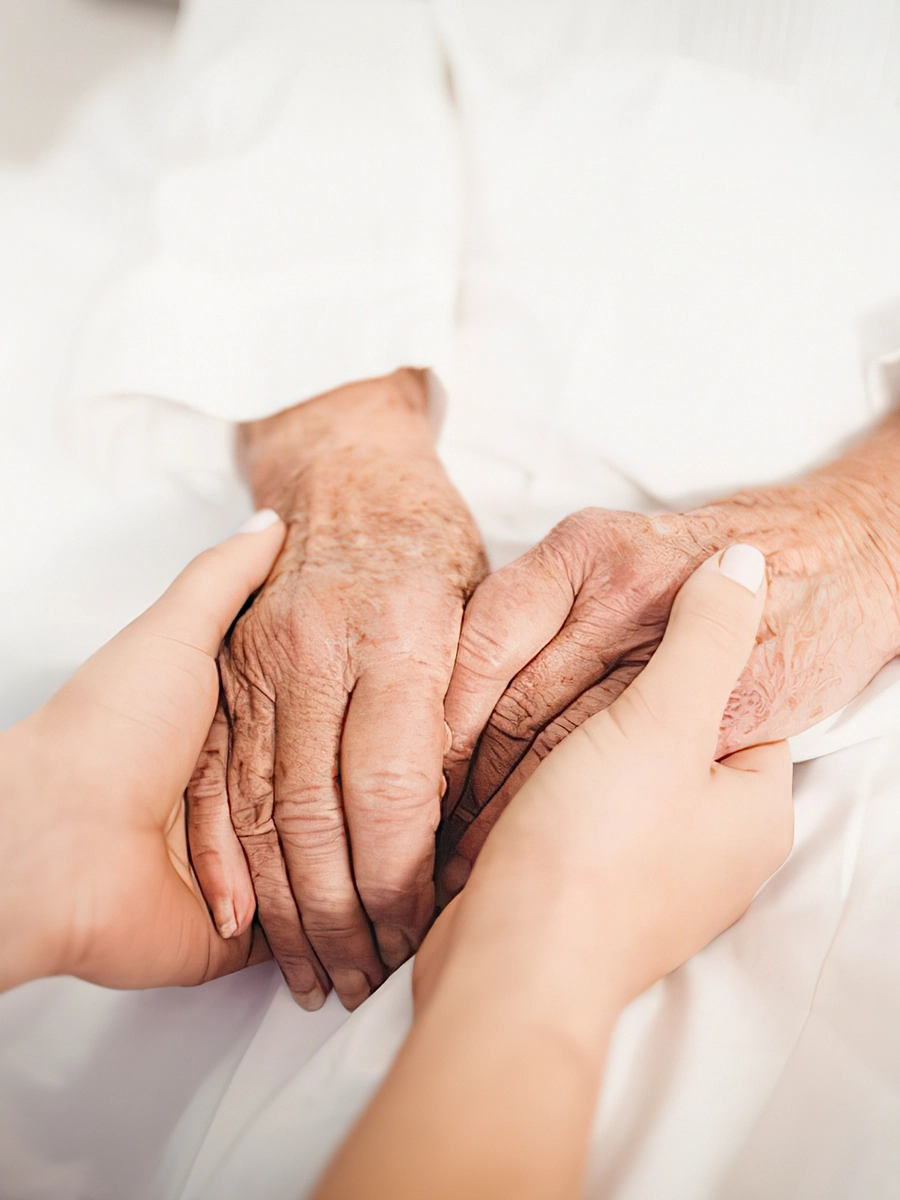
Safe hands at Christmas time
Hand hygiene is the key to ensuring the safety of guests and the success of the menu. Have an enjoyable time, celebrate and eat without the risk of food poisoning!

The passage of time and daily exposure to environmental aggressors leave their mark on our skin, transforming its texture, tone and vitality. From the gradual loss of collagen and elastin caused by the biological clock to the cumulative impact of ultraviolet radiation, pollution and oxidative stress, every wrinkle and blemish tells a story of exposure and repair.
At the cellular level, regenerative capacity decreases and free radical damage increases; at the surface, it manifests itself in expression lines, dryness and loss of firmness. Understanding these internal and external factors is the first step in designing an effective prevention and care strategy that combines healthy habits, photoprotection and tailor-made dermatological treatments.
Skin ageing is a natural process in which the dermis loses its main characteristics due to the passage of time. Age is unforgiving. But… is the passage of time the only cause?

The answer is no. There are both intrinsic and extrinsic factors that contribute to ageing. How do we see this process in the skin? We can observe changes in tone, contrast, luminosity, and texture. Appearance of expression lines at the beginning and deeper wrinkles later on. Significant changes in the thickness of the outer layer of the skin, sun spots, among other effects.

An intrinsic cause is natural or internal and is part of the natural oxidation process. This is typical of the passage of time, health and, in short, age. On the other hand, extrinsic causes are part of accelerative environmental and dietary patterns and unhealthy habits.
We must bear in mind that the older our skin is, the more likely it is to suffer from some skin lesion or pathology. That is why personal care, hygiene, and environmental prevention routines are so important to maintain healthy skin.
Although at first glance all skins share the same ‘façade’, each is a unique living ecosystem. Their behaviour depends on the interaction of genetic, hormonal and environmental factors, as experts from the American Academy of Dermatology.
Composition and thickness of epidermis.
The number of cell layers and lipid production vary from individual to individual, influencing the tendency for dryness or oiliness and the speed at which fine wrinkles appear. Manual MSD studies detail how the dermis and epidermis become thinner with age, losing elasticity and barrier function.
Tone and pigmentation.
Melanin content determines not only colour but also resistance to photoageing. Darker skins show less UV damage, although it may develop more persistent sun spots (lentigines), according to the Mayo Clinic.
Skin sensitivity and barrier.
The ability to tolerate active ingredients, whether retinoids or exfoliants, depends on the integrity of surface lipids. A weakened barrier favours chronic inflammation and inflammaging, as the American Academy of Dermatology guidelines point out.
Lifestyle and environment.
Some factors, such as diet, sleep, and consistent sun protection, influence the expression of genes associated with cellular ageing.
Among the key biological changes of skin ageing is the progressive loss of collagen, which, from the age of 25 onwards, is reduced by approximately 1% per year. Also, while free radicals cause oxidative damage, which accelerates the formation of wrinkles. Chronic inflammation (‘inflammaging’) hinders tissue repair, and the loss of natural lipids in the epidermis leaves the skin drier, less elastic and more vulnerable.

In your 20s, the key is a daily routine of cleansing, moisturising and sun protection to prevent blemishes and lesions, while preserving skin tone, elasticity and youthfulness.

In your 30s, increase your hygiene routine to twice a day, and use daily sunscreen and occasional exfoliation to combat fine lines and loss of elasticity.

At the age of 40, the noticeable loss of collagen and elastin and the appearance of deep wrinkles require gentle cleansing, regenerative moisturiser and daily sun protection.

At the age of 50, with the skin losing density, prioritise deep nourishment: add regenerating serums, deep-acting nourishing creams and daily sun protection.

At the age of 60 or more, keep the previous routine, adjusting it according to specific needs: depigmentation, deeper moisturising or other specific treatments.
In PRODERPHARMACARE®, we believe that healthy skin is essential for overall well-being, and our innovative products are designed to support your skincare journey. With a focus on quality and effectiveness, we empower you to achieve your skin’s full potential.

Hand hygiene is the key to ensuring the safety of guests and the success of the menu. Have an enjoyable time, celebrate and eat without the risk of food poisoning!

PRODERPHARMACARE® attends Hygienalia 2025 with an impeccable presentation, where product testing has been the main attraction.